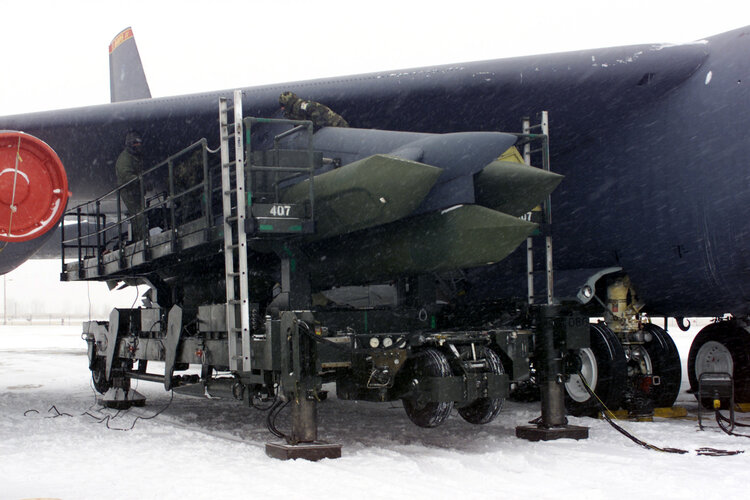The LRSO Carriage Equipment has been designed by the aircraft's prime contractor, but the
designs have not been tested, verified, or qualified. Design and maintenance documentation delivered by the aircraft
contractor relies upon their specific specifications and standards. Moreover, the aircraft contractor asserts that these standards are proprietary and declines to provide the Government sufficient rights/data to use them in depot maintenance according to the approved acquisition strategy. Finally, the aircraft contractor refuses to provide a version of the design and maintenance documentation that utilizes commercial and MIL-STDs available to the Government. This matter is at a negotiation impasse with the aircraft contractor resulting in unacceptable program risk.










